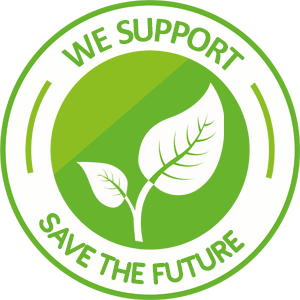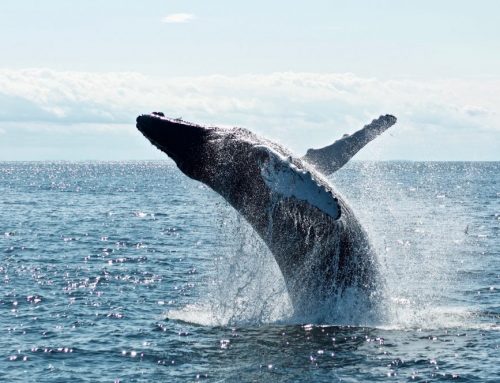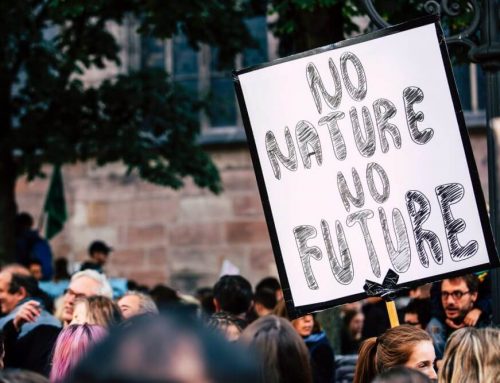Climate change affects all regions of the world. The polar ice melts and the sea level rises. In some regions, extreme weather phenomena and precipitation become more common, while in others, more extreme heat waves and droughts occur.
These consequences are expected to get worse in the next few decades
Melting ice and rising water levels
When water is heated it expands. At the same time, global warming is causing the polar ice and glaciers to melt.
The combination of these changes causes sea levels to rise, resulting in flooding and erosion in coastal and low lying areas.
Extreme weather, shifting precipitation
Violent rain and other extreme weather phenomena are becoming more common. It can lead to flooding and decrease water quality, but also water resources in some regions.
Consequences for Europe
- In southern and central Europe we see more heat waves, forest fires and droughts.
- The Mediterranean area is getting drier and more exposed to drought and natural fires.
- Northern Europe gets much wetter and winter floods can become common.
- In the urban areas where four out of five Europeans now live, heat waves, floods or rising water levels are experienced, and they are often poorly equipped to adapt to climate change.
Consequences for developing countries
Many poor developing countries are among the most affected countries. Here, people are often largely dependent on their natural environment, and they have few resources to deal with climate change.
Risk for peoples’ health
Climate change is already affecting health:
- It has increased the number of deaths due to heat waves in some regions and there is a decrease in cold-related deaths in others.
- We are already seeing changes in the occurrence of some waterborne diseases and disease vectors.
Costs for society and the economy
Damage to property and infrastructure as well as human health have high costs to society and the economy.
Between 1980 and 2011, floods hit more than 5.5 million people and resulted in direct financial losses of more than 90 billion Euro.
Some sectors, which are heavily dependent on specific temperatures and precipitation, such as agriculture, forestry, the energy sector and tourism, are particularly hard hit.
Risks for animals and plants
Climate change is happening so quickly that many plants and animal species have difficulty surviving.
Many land, freshwater and marine species have already moved from one area to another. Some plants and animal species are at increased risk of extinction if the global average temperature continues to rise uncontrollably.
Register your business to Save The Future and show your customers, partners and suppliers that you work with an environmental mindset that contributes to the improvement and protection of the world’s climate.
Even the smallest climate measures make a difference ➔ register your company today.




